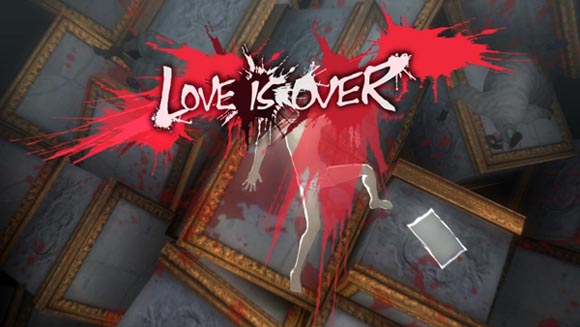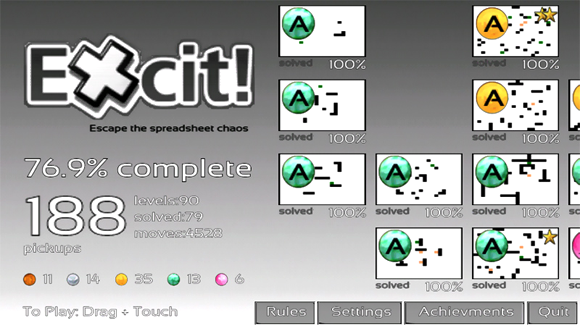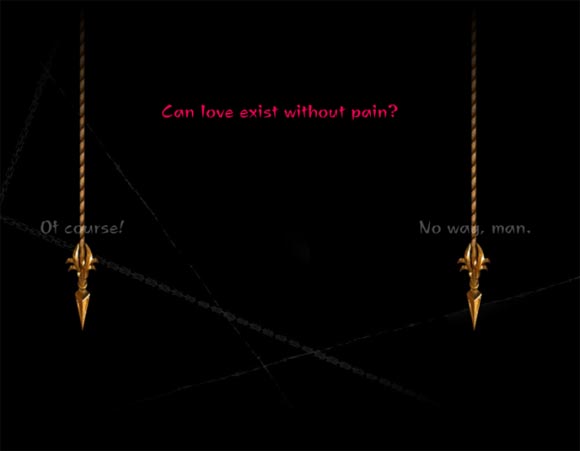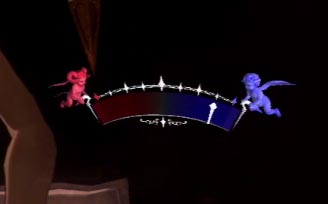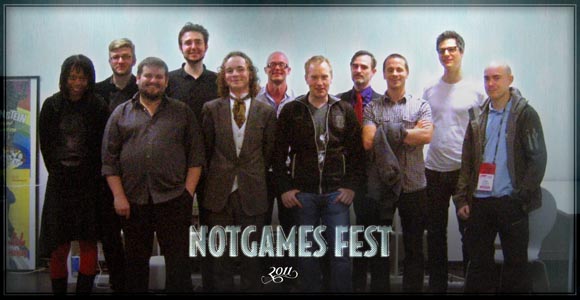Here is another book I’m reading now. It’s called “The Hunger Games”. It apparently the next big adventure/romance youth novel. Soon to be released as a major movie. Could even become a huge franchise like Twilight or Harry Potter. Have a teaser.
The story is pretty much a a Sci-Fi / Post-apocalyptic Battle Royale sans the gore, wrapped in a Distopia / rebellion story and with a cheesy love triangle at the center. It’s written in a snappy way. There is lots of action. In fact, I could hardly put the first book away.
It’s an interesting series. It was written by a female author and it’s focus on a young female audience is cannot be denied. Quite a few scenes are spent on the descriptions of amazing dresses and costumes the protagonist gets to wear. By the second book, the story spends quite a while indulging on the central love triangle.
But unlike in books like Twilight, there is a lot about The Hunger Games that would appeal to a typical male audience as well. One particular thing stuck out to me. There are a lot interesting parallels to video games to be found in the book. The protagonist finds herself at some point in the titular “Hunger Games” – at first an enclosed, forested area, where 24 contestants are released with the goal to kill each other. This already sound a lot like the Deathmatch model for many multi-player games. To spice up the battle, there are weapons and equipment at at the center of the arena. Later, some additional equipment is brought to the same spot. This is pretty much the same as the pickup spawn points in multi-player games. Interestingly, the strategies that form around the “spawn point” described in the book mirror the strategies known from multi-player, especially spawn camping. And speaking of strategies, there is a group of trained players called “Careers” that team up early to kill the weaker players first. Clearly, a strategy reminiscent of “noob bashing”.
Not all of it reminds just of multi-player games. Each of the contestants has a very different background and some very different skills. Most of them have a signature weapon or skillset they are most familiar with. This reflects the way the contestants approach the Hunger Games. Some act aggressively, embracing direct combat. Others evade and hide, counting on their stealth and survival skills. Again, this reminds a lot of the common RPG / Fighting Game stereotypes. In fact, the main character Katniss (pictured in the trailer above) is of the embodiment “Rouge / Hunter” RPG stereotype. She is quick and agile, good at survival in the wildness and she has mastered the use of a bow.
Finally, the arena is rigged with various traps and hazards. The second “series” of the games features a very elaborate arena which the contestants need to figure out like a puzzle. There are some scenes where players are instantly rewarded for performing especially dramatic acts by having a piece of equipment being parachuted directly in front of their feet. All this reminds of video games as well. Playing games, we expect hazards and obstacles always to have some sort of solution that needs to be figured out. We are used to be rewarded every time we perform well. Every time you get a save point and some additional ammunition before a big boss fight you literally feel the game designer reach out to you. Having this relationship represented in book creates a fascinating sense of familiarity for game-literate readers. It also invites to reflect upon how unreal the video game worlds are – even on a that abstract level.
I’m enjoying the series. I read just two books and I’m eagerly looking forward to sink my teeth in the third one. I’m also curious on how the movie will turn out. The books feature some dramatic actions scenes and spectacular locations. There is plenty of material for a juicy, entertaining movie blockbuster.


